Palmetto Bluff Real Estate Company Sales Office
Office Hours
Monday-Friday 9am - 5pm
Saturday 9am - 4pm
Sunday 12 - 4pm
Saturday 9am - 4pm
Sunday 12 - 4pm
Don’t forget to download the April bird checklist! Click here or scroll to the bottom for this month’s guide.
“Trilllllllpip… Trilllllllpip…” Did you hear that? That was the sound of a northern parula! They are a small warbler species that breeds throughout the eastern United States and Canada, but they spend the winter in southern Florida, the Caribbean, and Central America. I personally consider them the heralds of the spring migration as they are one of the first migrants to show up in the spring. When I heard the first parula on March 6th, I knew that other species would be close behind.
The rising buzz of prairie warblers and the sing-songy whistles of yellow-throated vireos graced our ears in mid-March. Both species are migrants that overwinter in Central America and the Caribbean. When they are here in North America, they spend most of their time high in the canopy where they will raise their young.

Moving from the woods to the fields, an American kestrel was observed during the one of the Conservancy’s bluebird surveys! Kestrels are supposed to be year-round residents, but we do not see any sign of them during the summer months at Palmetto Bluff. They may either move further inland or simply become more secretive and elusive during the breeding season and go undetected.
On March 14th, purple martins were observed swooping over the jumping course at Longfield Stables and then later that week near the shooting club. Purple martins in the eastern United States nest almost entirely within artificial nest cavities such as gourd racks, while martins out west are still documented using natural cavities. Above the purple martins, swallow-tailed kites elegantly soared over the shooting club and nearby wetlands. The winds across the Gulf of Mexico were favorable this year, which allowed for an expedited journey to the southern United States for the kites. These raptors are being studied by the Avian Research and Conservation Institute, and if you see one, let the Institute know by reporting your sightings.
Chuck-will’s-widows were first heard this year during the Conservancy’s Owl Prowl. A close cousin to the eastern whip-poor-will, chuck-will’s are breeding residents in Beaufort County and can be heard throughout our balmy summer nights. Both whip-poor-wills and chuck-will’s-widows are nightjars, and their elusive lifestyle makes it difficult to determine if they are in trouble. In June, the Conservancy will be taking part in an annual nightjar survey hosted through the Nightjar Survey Network to assist in elucidating how nightjar populations are faring throughout the United States.


Along with the unique sightings observed in March, the breeding season kicked off with some early bluebird nesting activity. The end of March saw multiple nests, eggs, and bluebird chicks throughout the Conservancy’s bluebird nest boxes!

Chickadees, cardinals, and wrens were either busy singing their hearts out or taking care of chicks. I witnessed my first wren fledglings of the year bouncing around the yard at the end of the month.

One more species that began breeding in March, and the Conservancy director’s favorite, is the wild turkey. We observed multiple male turkeys, also called gobblers, strutting around the southern end of Palmetto Bluff. The gobbler’s strutting is part of the courtship process to attract females, known as hens.
Soaring into April, we will observe similar activity to what was seen in March. Migration will continue to intensify as we head towards the peak of migration in May. Nesting activity will increase as more individuals arrive and pair up for the season. Species that are highly sought after such as painted buntings will finally return this month along with great crested flycatchers, blue grosbeaks, and summer tanagers. Be sure to keep your eyes out for these summer residents and the unique species that may be seen passing through!
The spring migration is going strong! If you see or photograph something you wish to share, you can submit your sightings to Aaron Palmieri at apalmieri@pbconservancy.org and they may appear in next month’s update.
March’s Unique Sightings:
Northern Parula (River Road Preserve, Managed Forest)
Chuck-will’s-widows (Managed Forest, Conservancy shop, River Road Neighborhood)
Purple Martins (Shooting Club, Equestrian Jump Course)
Yellow-throated Vireo (Managed Forest)
Swallow-tailed Kite (Shooting Club, the Farm)
Prairie Warbler (Managed Forest, Wilson Village)
American Kestrel (Longfield Stables)
Eastern Screech-Owl (Compt. 8 Field)
March Contributors:
Charlotte, Mark Newlin, James and Marsha Ackerman, Bob Dale, Glenn Steinberg, Tom Ritter, David Miller, Bruce Becker

Must-Do 2025 Holiday Events in the Lowcountry There’s no better way to embrace the magic of the holidays than spending them in the heart of the Lowcountry. With its sparkling waterways, moss-draped oaks, and warm coastal charm, Palmetto Bluff transforms into ...
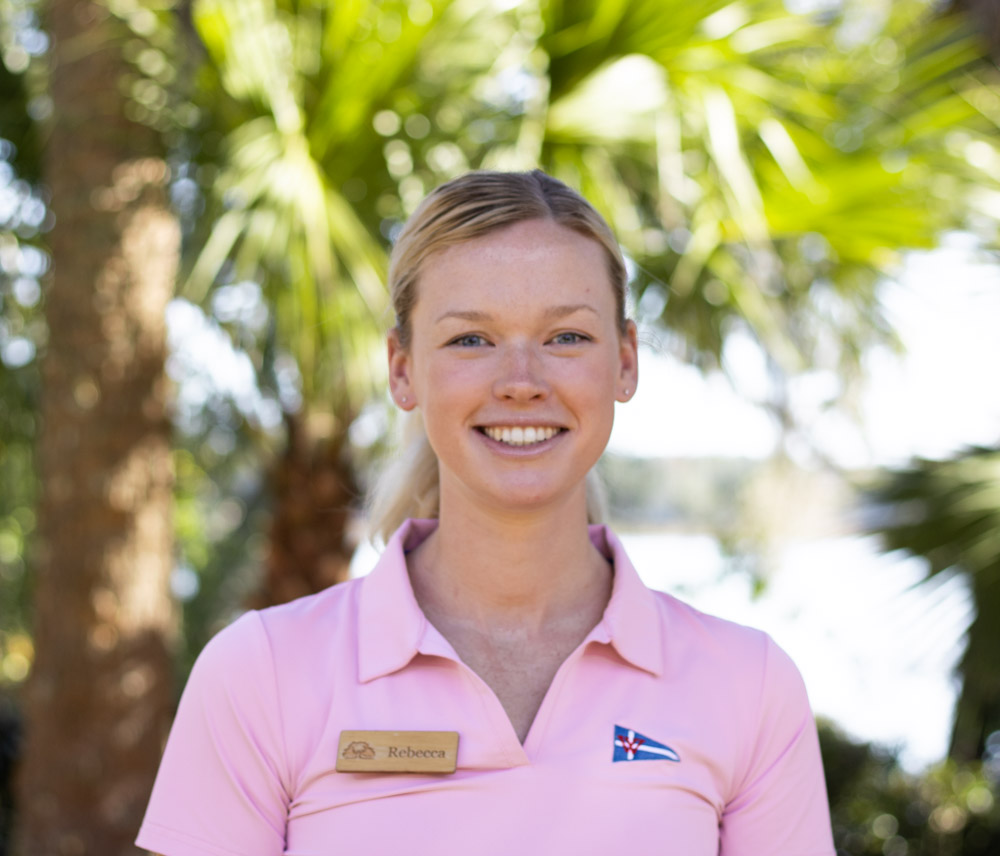
Rebecca’s Journey to Palmetto Bluff For Rebecca McCorkendale, life on the water isn’t just a career—it’s a calling that runs through generations. Growing up on Hog Island, nestled between Hilton Head and Bluffton, Rebecca was raised with salt air in her lungs...
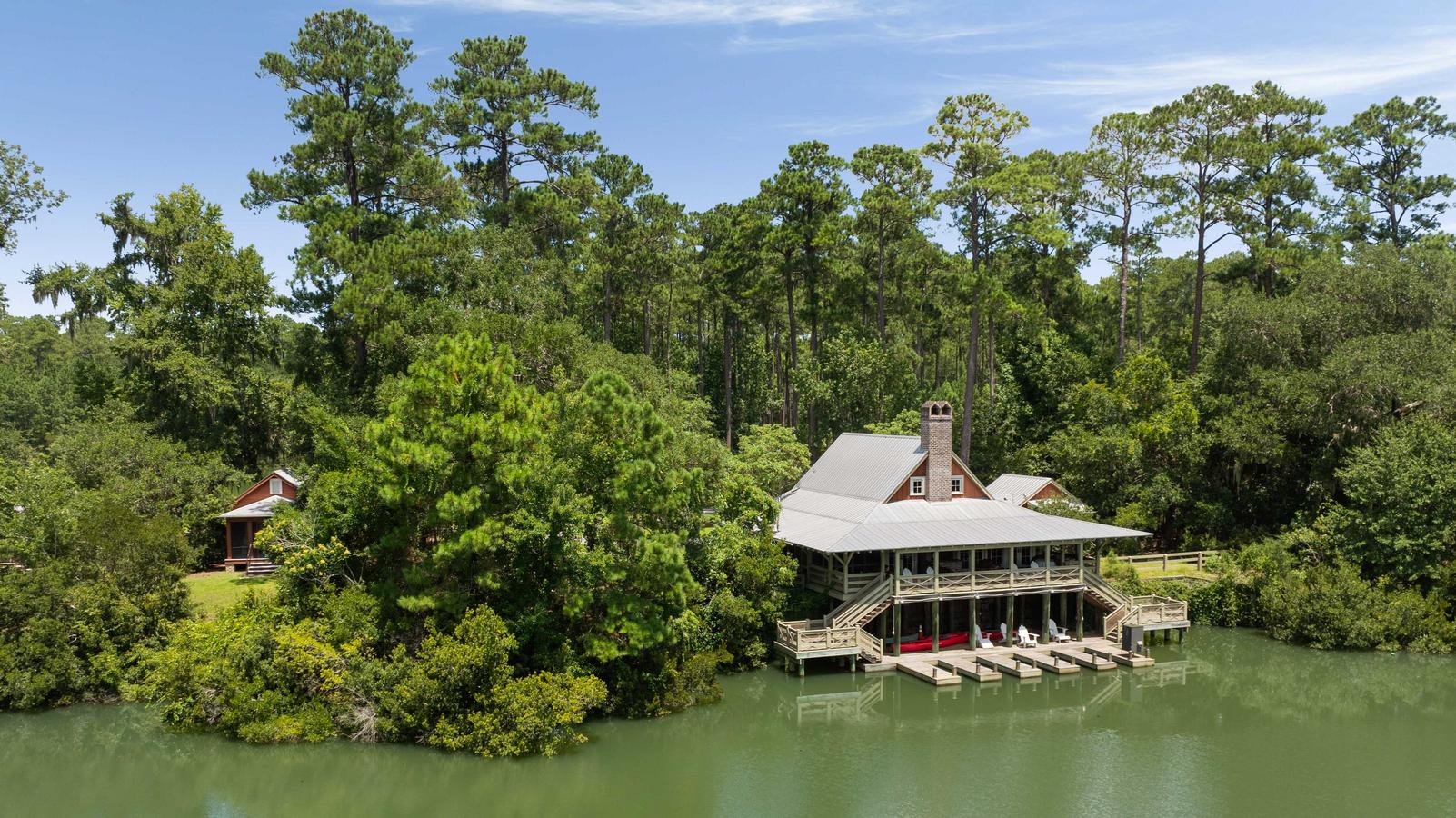
Headwaters Community in Palmetto Bluff Tucked deep within Palmetto Bluff’s untouched maritime forest, Headwaters stands apart as the community’s most private and pristine enclave. With just ten family compounds spread across more than 600 acres of scenic mars...
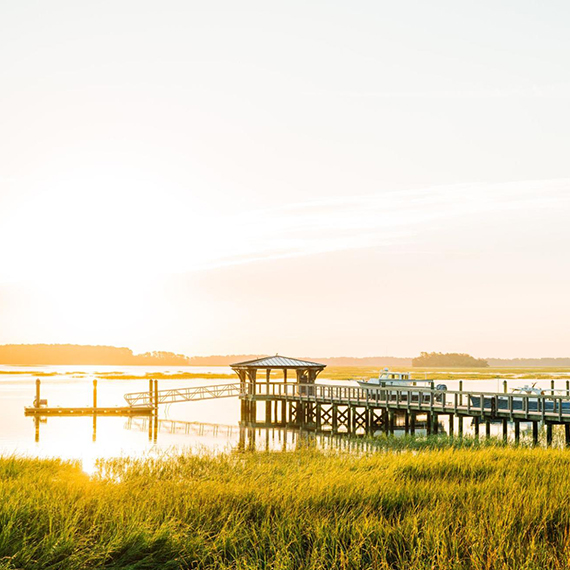
The golden glow of the marshes, the crisp air, and the sense of calm after a busy summer season all make this time of year unforgettable. Whether you’re enjoying the Bluff or exploring the wider coastal region, here are five reasons why fall is when the Lowcou...

David's Journey to Palmetto BluffBorn and raised in Lewisburg, West Virginia, David Johnson’s career path began with a moment of chance. While studying Finance and Economics at Marshall University, he walked into the Greenbrier Sporting Club’s real estate offi...
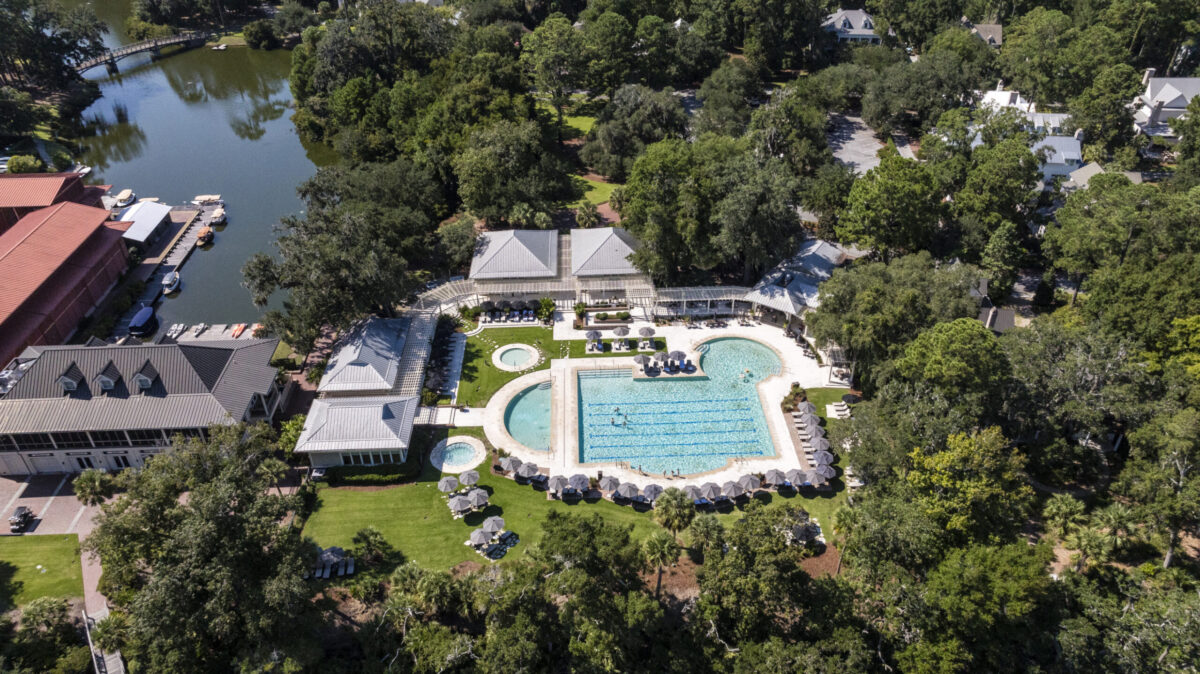
Palmetto Bluff Club: Finding Your Perfect Fit Tucked into the heart of the Lowcountry, Palmetto Bluff is a place where life unfolds at its finest pace—unhurried, connected, and deeply rooted in community. Membership here goes beyond access to world-class...

4 Ways to Incorporate Coastal Fall Decor into Your Home in 2025 If you are planning to decorate your home for fall, you might feel limited to warm colors and chilly weather. But if you live on the coast, you can easily incorporate coastal fall décor into your...
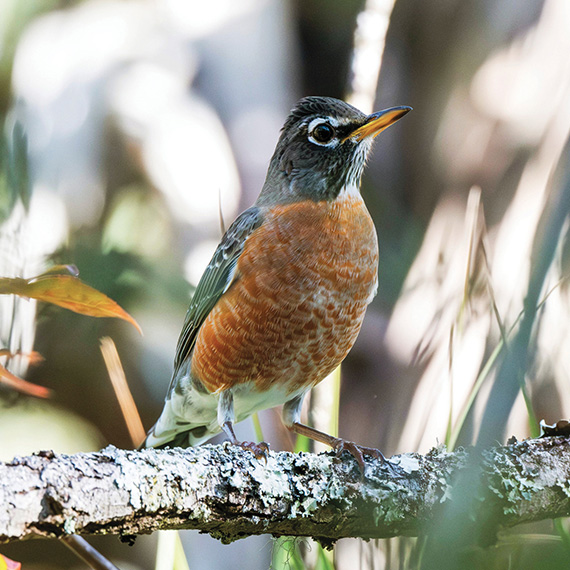
Here in the Lowcountry, the Conservancy brings FeederWatch to life with guided sessions at the Conservancy’s bird feeders. Education and Outreach Manager Aaron Palmieri leads these gatherings, teaching attendees how to identify wintering species, choose the ri...
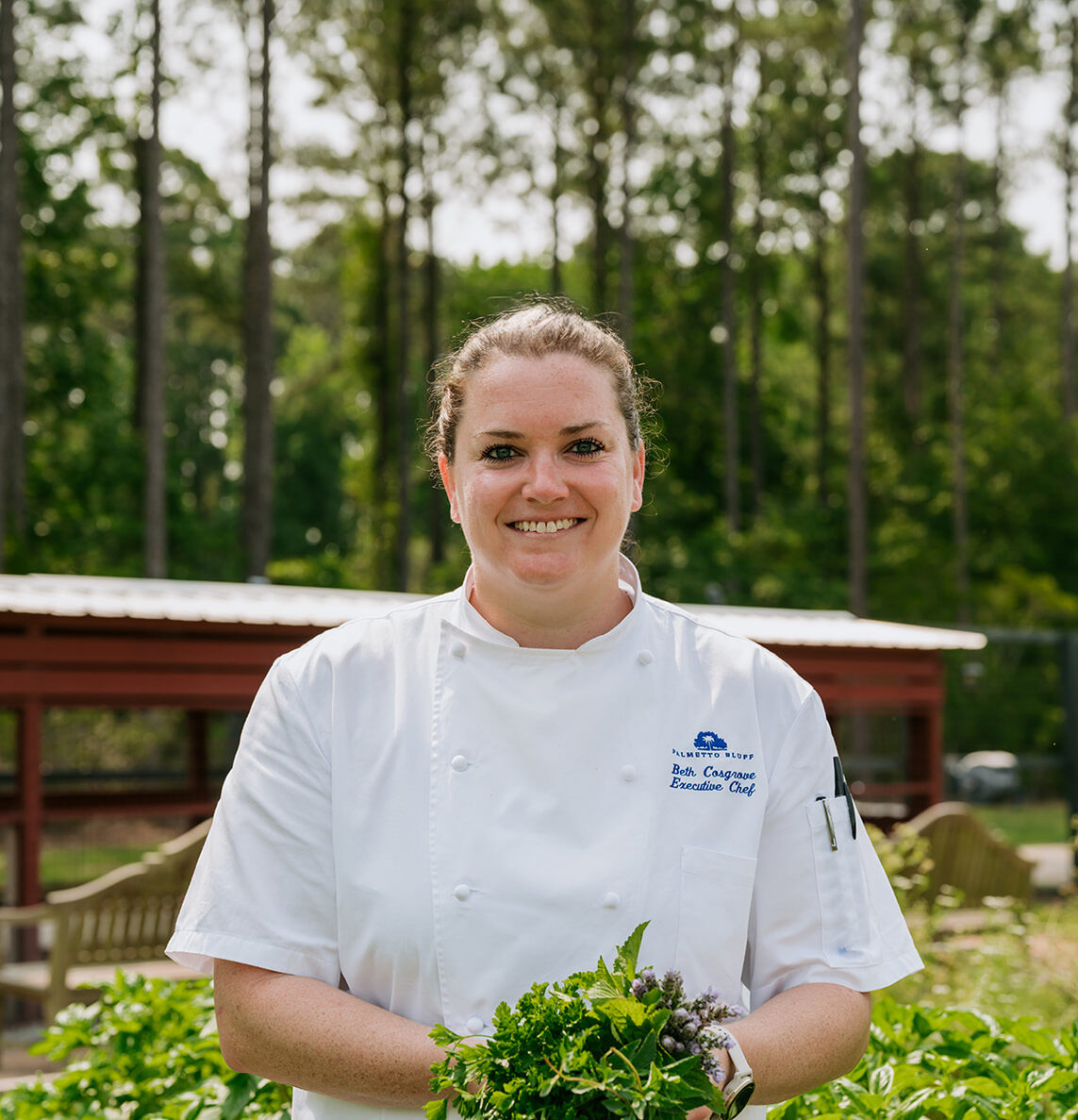
Chef Beth Cosgrove shares her favorite game day dip—with a Southern twist. Ingredients 2 cups cooked sea island red peas, crushed with a fork 1 recipe of pimento cheese dip (recipe below), room temperature 2 cups crème fraiche 1 cup fire-roast...

At Palmetto Bluff, newly built homes are more than residences—they are carefully crafted retreats offering the best of Lowcountry living. Palmetto Bluff Real Estate Co. Agent, Amanda Cutrer, shares the benefits of buying “new” in the Bluff. Builder Support ...
Learn about the Palmetto Bluff Conservancy and how we keep the vision of our land in place.
On land or water, there is an ever-evolving variety of activities.
We do not attempt to independently verify the currency, completeness, accuracy or authenticity of the data contained herein. All area measurements and calculations are approximate and should be independently verified. Data may be subject to transcription and transmission errors. Accordingly, the data is provided on an “as is” “as available” basis only and may not reflect all real estate activity in the market”. © [2023] REsides, Inc. All rights reserved. Certain information contained herein is derived from information, which is the licensed property of, and copyrighted by, REsides, Inc.